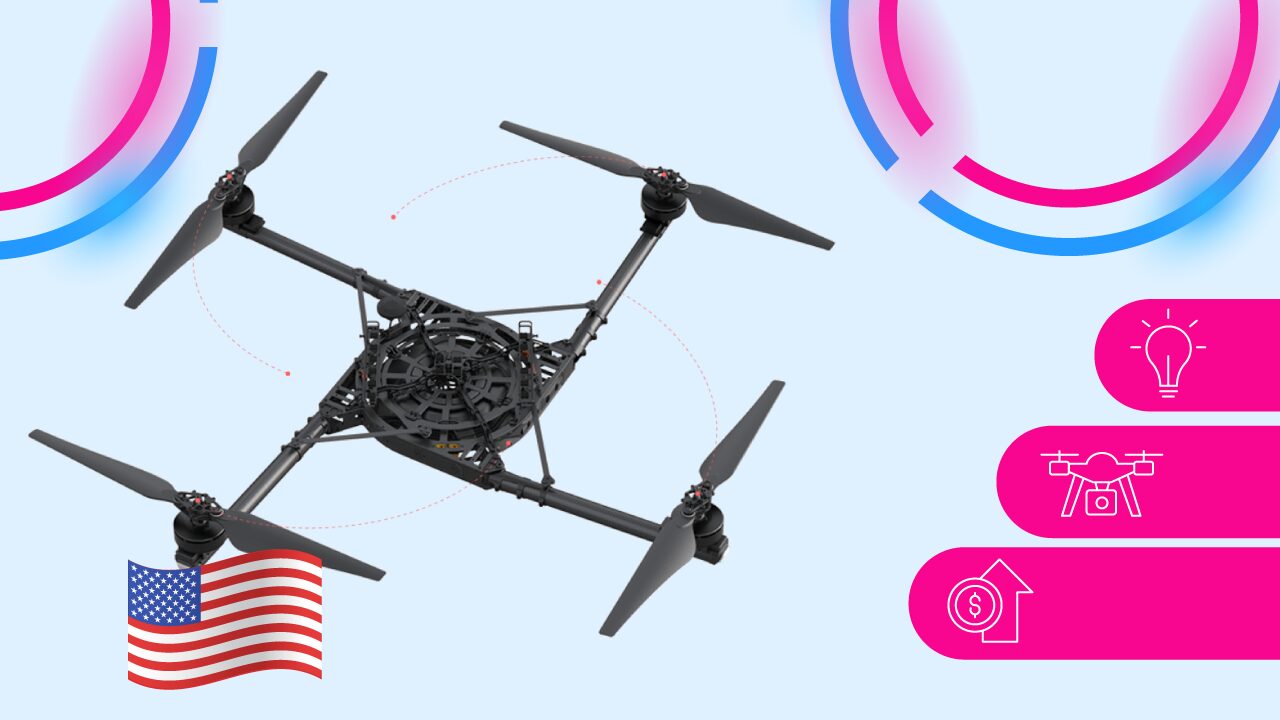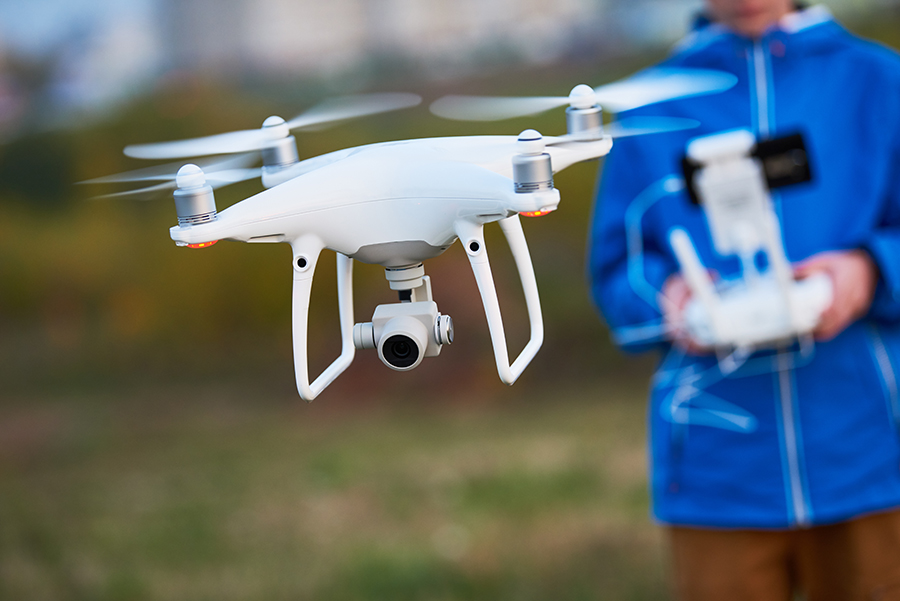With the U.S. Government seemingly intent on cracking down on DJI drones, it might be prudent for drone pilots to start looking into drones that are made in the USA. This certainly is the case now for many government agencies. For commercial drone pilots, looking into USA-made drones is a good way to make sure you can keep doing your business despite changing legislation.
The biggest challenge to restricting yourself from buying USA-made drones is that there simply are not a lot of options. To help you remedy this problem to a degree, we have compiled a list of the best American-made drones that you can buy right now.
Key Takeaways
- There is a growing sentiment among US policymakers that foreign-made drones pose a data security threat.
- An option is to buy only American-made drones. The list of American-made brands is growing, but drone models are limited and are typically designed for enterprise use.
- There is currently no American-made drone that can truly compete with DJI in terms of price, variety, and features.
Why Buy an American-Made Drone?

The DJI brand is practically synonymous with the consumer or prosumer drone market. There are several good reasons for this – DJI drones are widely accessible, easy to use, offer a lot of different models, and are fairly affordable given their excellent features. The fact that even professional users and government agencies use DJI drones is a testament to their success.
The dominance of DJI in the US is in a precarious position right now with a bill that seeks to ban new DJI products from coming to the United States. This is quite expectedly a very controversial bill, and drone pilots and groups everywhere are mobilizing to try and oppose it.
At this point, should you buy an American-made drone? While the bill is still under deliberation, getting an American-made drone should at least be in your options. This is pretty much the most certain way to make sure that your drone will not get banned by regulations in the coming years.
The Top 5 Best American-Made Drones
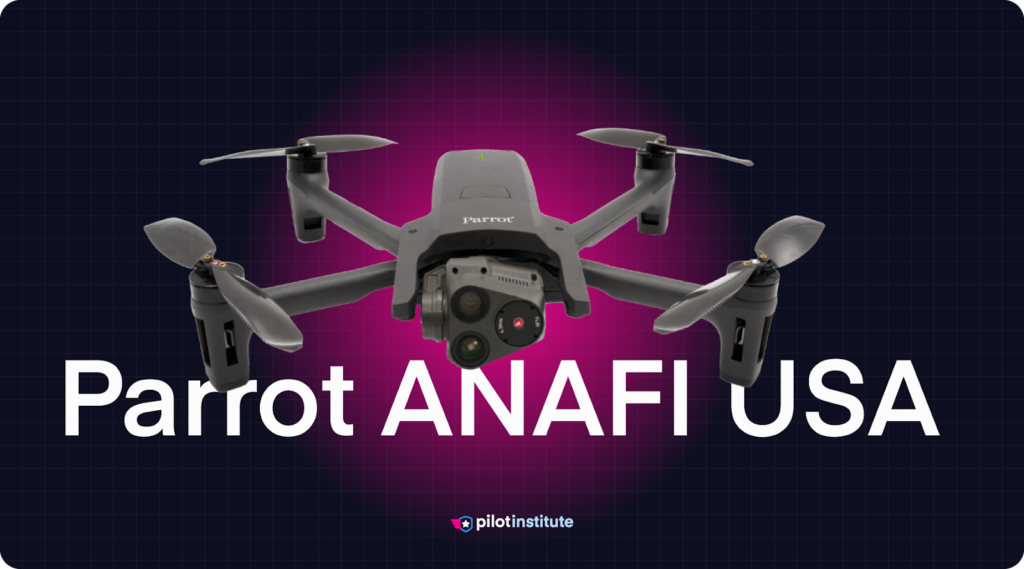
Parrot ANAFI USA
The ANAFI USA from Parrot is one of the best portable options for US-made drones. Incidentally, the drone is included in the Blue UAS list, which makes it suitable for use by government organizations.
The Anafi USA comes with two cameras – an optical camera with a 1 / 2.4” sensor and 32x digital zoom, and an IR camera that works between -40 to 150 C. The cameras are mounted on a 2-axis gimbal that provides both mechanical and electronic image stabilization.
An interesting thing about ANAFI USA is that it is a relatively lightweight drone at less than 500 grams. This weight threshold may not seem significant for users in the US, but it is particularly important in a European setting, as it allows for the drone to be used in urban or built-up areas. With its dual camera setup, the ANAFI USA is a very good option for thermal inspection jobs, like tracing heat leaks or inspecting solar panels.
A glaring downside of the ANAFI USA is the lack of obstacle avoidance sensors, making it more suitable for more experienced drone pilots. It does, however, have a customizable geofencing feature that restricts your drone flight to your set boundaries.
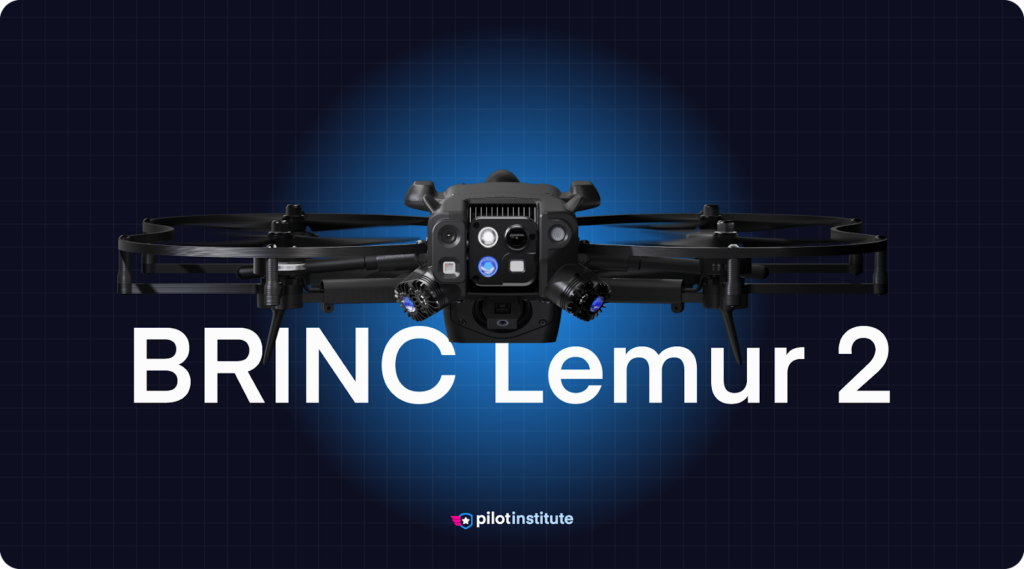
BRINC Lemur 2
The Lemur 2 from relative newcomer BRINC is a small and agile drone designed primarily for public safety and law enforcement agencies. It has some of the most sophisticated sensor arrays found in a drone, giving the operator situational awareness even in indoor environments and low-light conditions. This means implementing obstacle avoidance by mapping the drone’s immediate surroundings.
The Lemur 2 also has a couple of unique features that could be crucial in tactical operations. It has night vision, an integrated loudspeaker, a glass breaker tool, a payload deployment and delivery system, and the ability to generate and transmit floor plans in real-time.
The Lemur 2 is obviously not designed for standard commercial drone operators, but its highly specialized selection of features makes it one of the best options for public safety drone use.
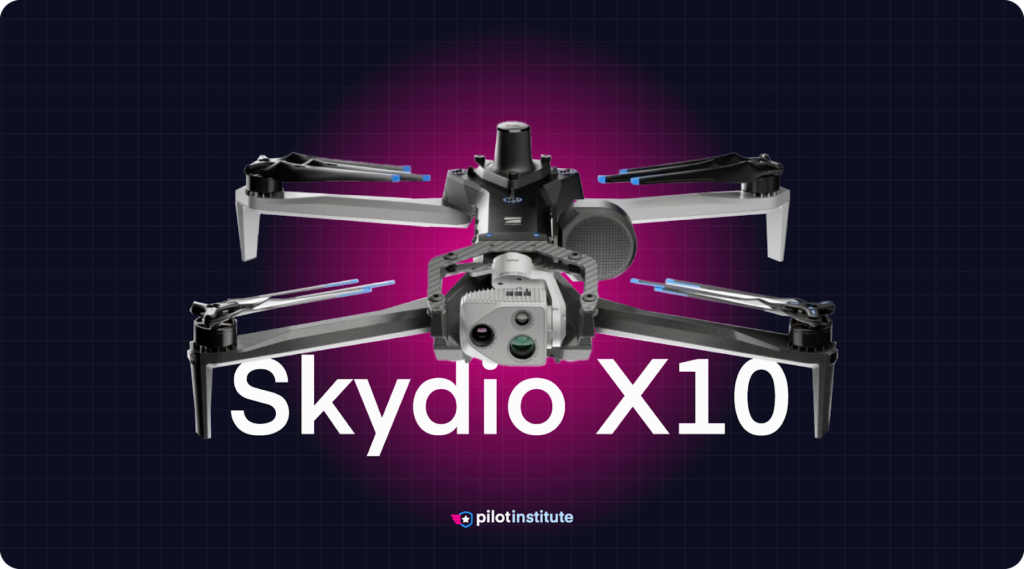
Skydio X10
Skydio used to have a wider range of consumer drones but now has focused more on enterprise-grade drones. The X10 is part of that enterprise lineup, although likely the most basic model that Skydio is selling nowadays.
The X10 comes with three cameras – a 48MP zoom camera, a 50 MP wide FOV camera, and a 640×512 FLIR thermal camera. This is a remarkable setup that will make the X10 a useful tool in the most challenging aerial inspection jobs.
The Skydio brand has been known through the years for its unique AI-driven flight mode. The X10 carries on with this tradition with the ability of autonomous drone flight and automatic obstacle avoidance. A standout feature of the X10 is its NightSense, which allows it to fly autonomously even in low-light environments.
Another standout feature of the X10 is the Skydio Connect. This is a connectivity mode that creates a point-to-point connection between the drone and controller using a multi-band radio. This can come in useful in areas with lots of radio signals and interference, such as in highly urban areas.
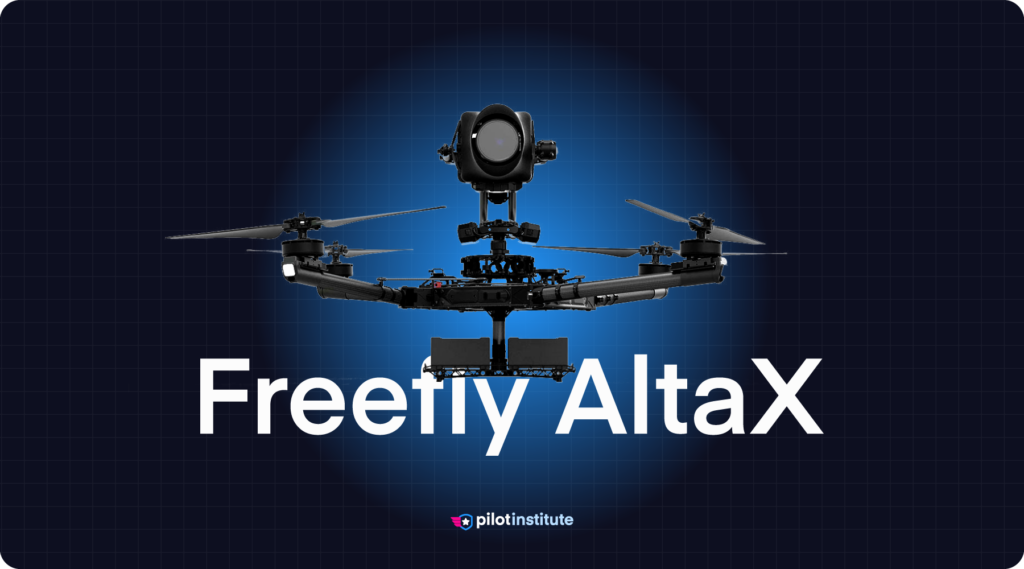
Freefly AltaX
The AltaX is quite unique compared to other entries in this list in that it is a bulky and heavy-duty drone with impressive lifting capabilities. This is the kind of drone you take out for the big jobs, much like the DJI Matrice series.
With a payload capacity of almost 16 kg, the AltaX offers a suite of payload options for mapping, lighting, and cinema-grade filmmaking. It can also be equipped with a multi-band RTK system for increasing location accuracy during professional mapping operations.
Marketed as a workhorse for commercial drone operators, the AltaX has components designed to last longer, even in challenging conditions. The AltaX also has the added benefit of being on the Blue UAS list, making it an option worth considering for government-related operations.
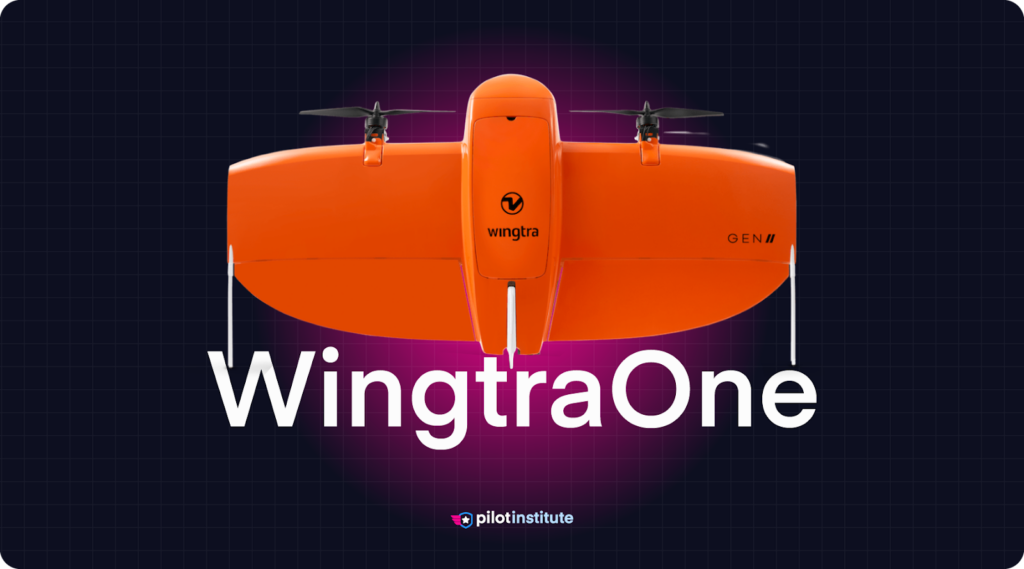
WingtraOne
The WingtraOne is a VTOL fixed-wing drone that is particularly suited for large-scale aerial mapping using either photogrammetry or LiDAR. It boasts of a larger coverage area on a single flight, even compared to other fixed-wing drones.
Wingtra has the advantage of being in the business for a long time and has immense experience in a very specialized field. Through the years, the brand has improved its drones’ technology and workflows, creating a highly capable mapping drone yet has a small learning curve.
The VTOL design is also one of the distinguishing traits of the WingtraOne. Vertical take-off and landing offer the quick and agile deployment of multi-copter drones. This is crucial when flying the drone in areas where a runway is not available.
The WingtraOne, however, is a highly specialized mapping drone that may not be suitable for all types of mapping operations. If you just need to map a single structure or a small piece of land, a multi-copter drone will still be the better option.
An Important Disclaimer
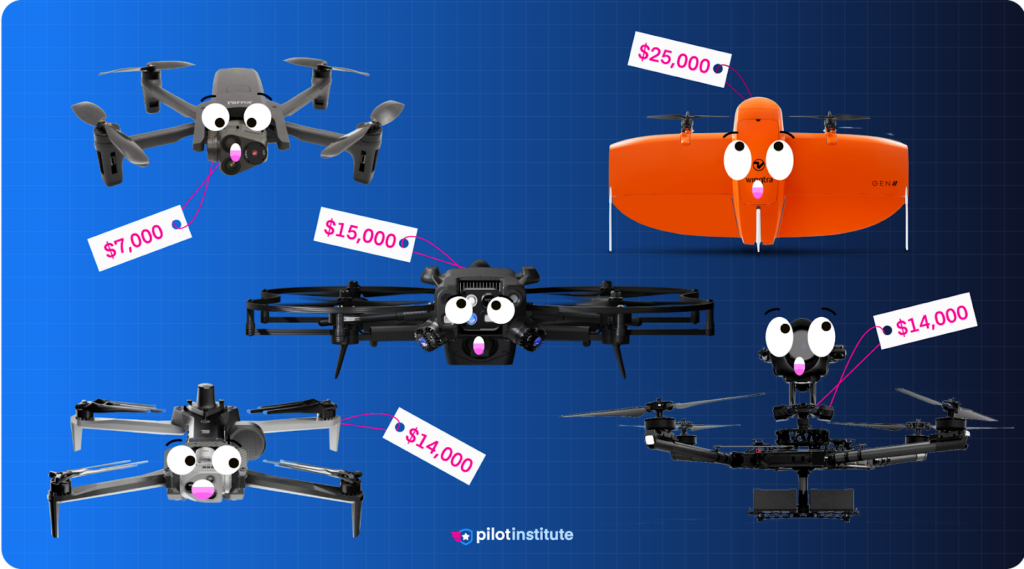
The list of American-made drones continues to grow, albeit quite slowly. All the drones we mentioned here are excellent choices that fit this qualification. One thing they are not, unfortunately, is accessible to the consumer drone market.
These drones can only be described as enterprise-grade, both in terms of their technologies and prices. They are easily worth a few thousand dollars. If you are just a casual user who wants to fly for fun, or even a professional user looking for small and quick gigs, then these expensive drones are simply not designed for you.
Is there currently an American-made drone that can compete with DJI in terms of both features and price? The short answer – no, there is not.
Conclusion
With government agencies and policymakers seemingly determined to ban specific drone brands from outside the US, it is smart for drone operators to keep abreast with the drone models being offered by American manufacturers.
There is not a lot yet, and there is a lot of room for improvement in making these drones more accessible, but it is smart to learn about this market in case it becomes necessary. Learn about all of the various drone myths, and become as knowledgeable as you can be. The hope is that, in a couple of years, there will be an American brand that truly caters to the consumer drone market.
